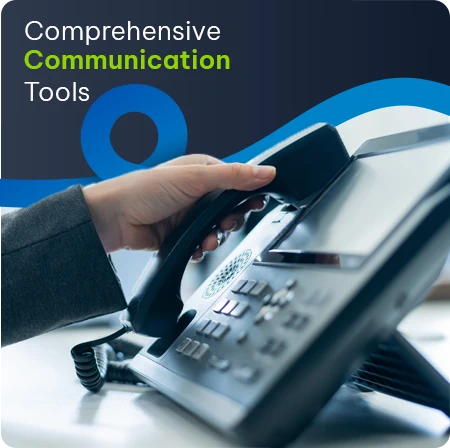By Theolin Moodley, Senior Product Manager at Vox
Just over 2 years ago, when the South African workforce was hastily adopting a new way of working – from home – one connectivity medium stood out above all others. Realising the possibility of high-speed broadband and meeting the specific requirements of the people, homes and businesses across SA, was Fixed LTE.
Long Term Evolution, which we commonly refer to as 4G first became available in the country about 7 years prior to the start of the Covid-19 pandemic. Back then, it was considered to be the next evolution of high-speed wireless connectivity that will be an integral part of high-speed broadband strategies of all Mobile Network Operators (MNO). MNOs believed at the time that LTE (and later, LTE-A) will become the mobile data standard.
Comparable to broadband speeds available over a fibre network but without the need for a wired connection that goes into your home or business premises and completely ‘Plug and Play’, Fixed LTE offers a compelling alternative to fixed-line solutions for high-speed connectivity. It can quickly turn a home or business into a fully connected Wi-Fi hotspot allowing multiple devices to be connected simultaneously to the internet.
Fixed LTE is possibly the most prevalent connectivity option that was purchased by the masses that were compelled to set up a home office during the pandemic. Perhaps this is visible in the sterling financial results that were produced by MNOs during this time. Government and ICASA too were aware that this technology, with capacity built out years before, had the potential to save the day for the many communities that have no access to Fibre connectivity. Hence, the allocation of temporary spectrum that enabled even further reach by the mobile operators in the last 2 years.
Now, as the country is slowly released from the grips of the pandemic and things start to normalise workwise, Fixed LTE, as a technology, remains geared to continue its relevance and hold its own in the high-speed broadband connectivity space. When it comes to availability, accessibility and affordability and ease of installing and using, Fixed LTE connectivity checks all the right boxes.
The commercial model for Fixed LTE connectivity is largely bandwidth or data-allocation based instead of through-put speed based. This effectively means that customers need only budget for their anticipated data usage and enjoy the higher connectivity broadband speeds as a bonus.
For homes requiring always-on internet access and businesses concerned with redundancy for Business Continuity Management purposes, Fixed LTE is the most viable option to complement existing fibre connectivity. The cost of data has undergone significant reductions over time and this too contributes to the attractiveness of Fixed LTE as the most viable option for those who find themselves in areas awaiting fibre installations, customers looking for a temporary connectivity option and for those in areas in which fibre will never become a reality in the near future.












